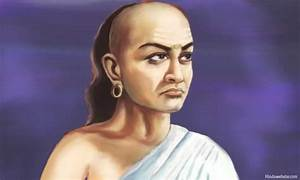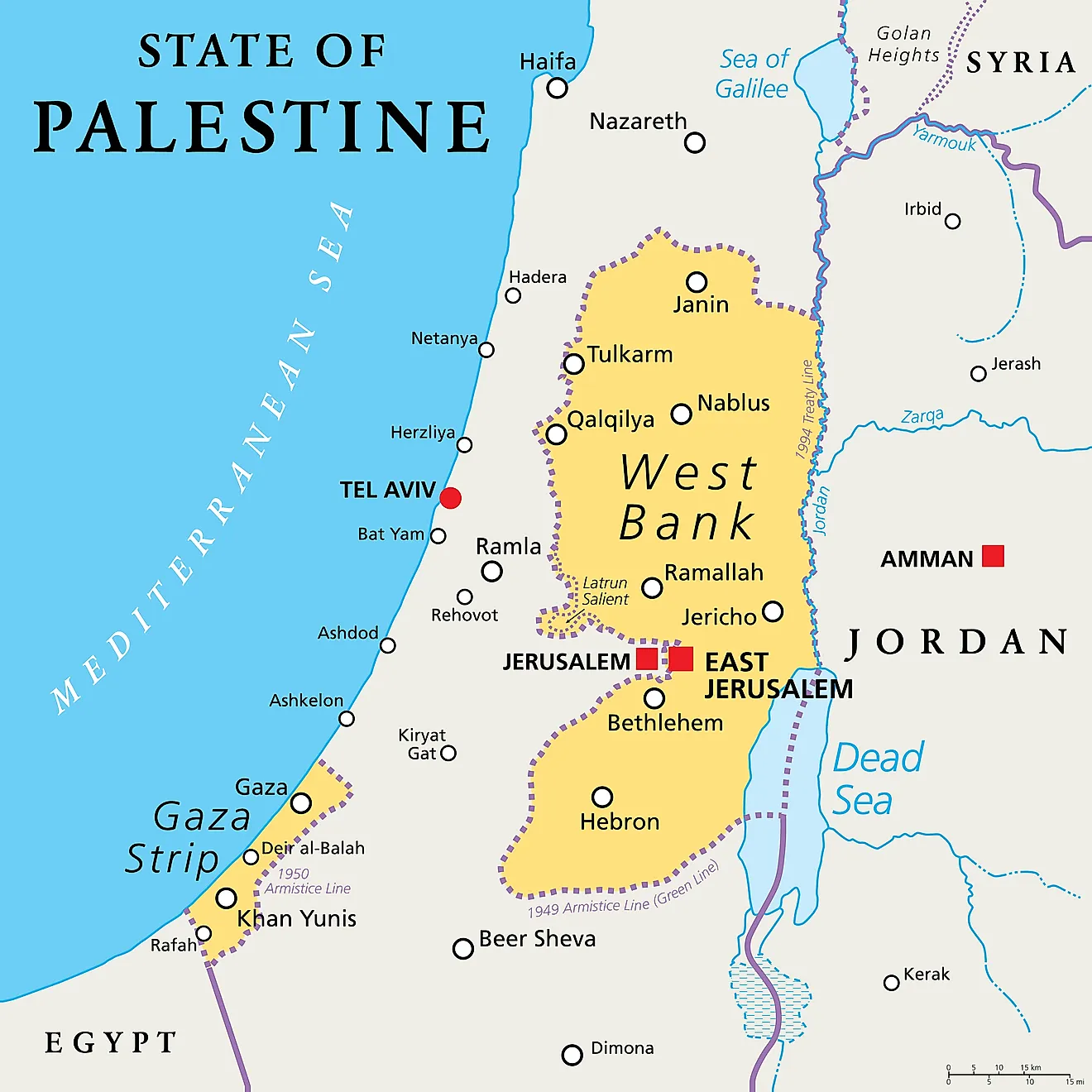It was a scary time. This is what I wrote in my diary in April 2020 when COVID-19 was on the rampage.
What does it mean to live through a pandemic, knowing that many will die and most will suffer? It’s a strange, almost surreal feeling—perhaps not unlike standing in the middle of a war.
You’re so overwhelmed by the present moment that the future becomes completely unknowable. You feel powerless, carried by forces beyond control. It’s like standing before the Himalayas and realising how small you truly are.
So, perhaps unsurprisingly, my mind feels still. I’m not thinking about what lies ahead, nor am I revisiting bad memories. Instead, I find myself reminiscing about good moments. I have no regrets, because I know life has no inherent meaning.
In times of crisis like these, I see it clearly—meaning is not fixed. It’s shaped by our vulnerable malleable minds. What feels important or insignificant is simply what our emotions choose to magnify or diminish. Even the future, should it come, may feel muted after so much loss all around.
The virus has changed us. The future isn’t what it used to be. The past feels distant, altered. The sense of time itself has shifted.
It is as if we have to recraft ourselves, reframe all our perspectives and look at a new life.





